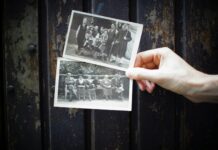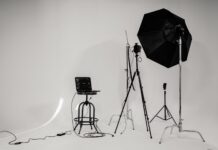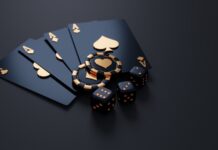This isn’t an article about composition in photography, but a comparison between the card game poker and street photography. There are similarities that both topics share and I want to elaborate the development and progress of poker players, as well as photographers. In the end, both have to beat the odds and the rule of odds in Photography means, that we will have bad days, no matter how good we are.
Odds in Photography
There are a lot of prejudices connected to poker and while some are true, others are results of nescience. First of all, yes there is luck involved in poker, but that doesn’t mean it is a game of pure luck. Let’s compare the casino game roulette with hold’em poker. In roulette, you bet where the ball will end up and depending on your betting pattern you get a payout. The opponent in this game is not another player sitting at the table, but the casino owner. In order to be profitable, the “house” has an inherent advantage and will win in the long run. This means, there is no strategy available where a player can win against the casino owner long-term. In conclusion, there is no skill involved and there aren’t distinctions possible between good and bad roulette players. If your friend wins a turn at the roulette table and you lose, that doesn’t mean, that he is a better player than you but, that in this particular run he got the luck on his side.
Poker vs Photography
Poker works differently in the way that you don’t play against the casino but against real players. While there is still luck involved, there are also strategic elements that allow different skill levels of poker players. Of course, that does mean, that even the worst poker player can win against the best player in one showdown. But if both would play a higher amount of duels against each other, the probability that the better player would succeed will increase.
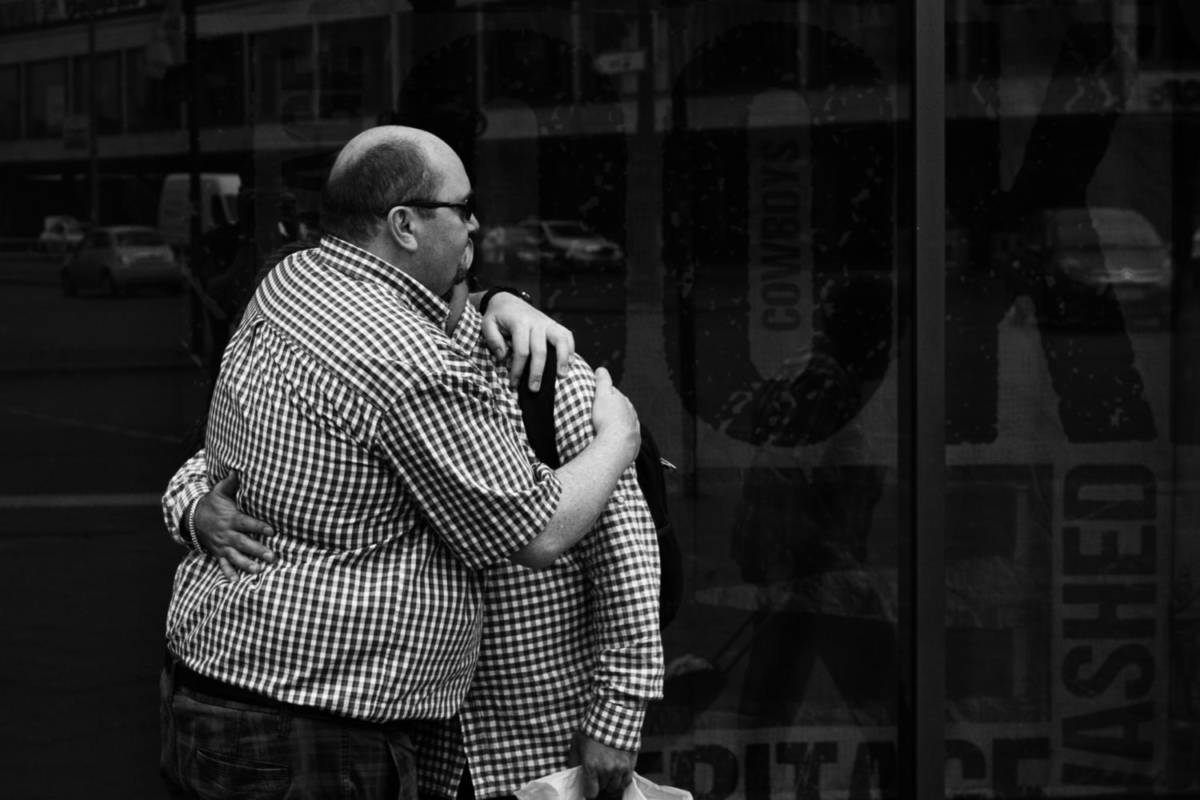
The aforementioned strategic elements can be manifold. On the one hand, there are bluffs, where you try to win by signaling that you have a strong hand and try to bully your opponent into forfeiting. This means there is psychology involved, but the biggest factor that makes the difference between two players is how well they understand the probability calculations and their chances of winning the hand that is played. Gamblers don’t care for such things as probabilities, for them, everything is luck based. That means that they will often overestimate their chance of winning and blow a lot of money, where a good player knows the odds and only invests an amount of money that allows him to be profitable.
Winning Long-Term
Let’s say you have a home game running with your friends where you are casually playing against each other and are having fun. One night you go home and feel miserable because you lost again and your friends are bantering about how much of a bad poker player you are. You want to take revenge, so your solution is to improve your play. You read books about mathematics and watch videos about body language that will help you to estimate how good the hand of your opponent is. The next time you face your friends you lose yet again. How could this be after all that time you invested in becoming a better player?
As already mentioned there is luck involved, so in this short timespan and amount of duels against your friends, there is still a chance that you will lose although you are certain that you are the best poker player at the table.
You might ask what this prologue has to do with photography.
Beating The Odds
In Accepting Failure in Street Photography I presented the chart on the left side that shows the different stages of a photographer. In contrast to the chart of the stages of a photographer, is a typical chart of a poker player that shows his winnings over a certain amount of games. Important is the fact that there are enough games played, so the chart becomes significant.
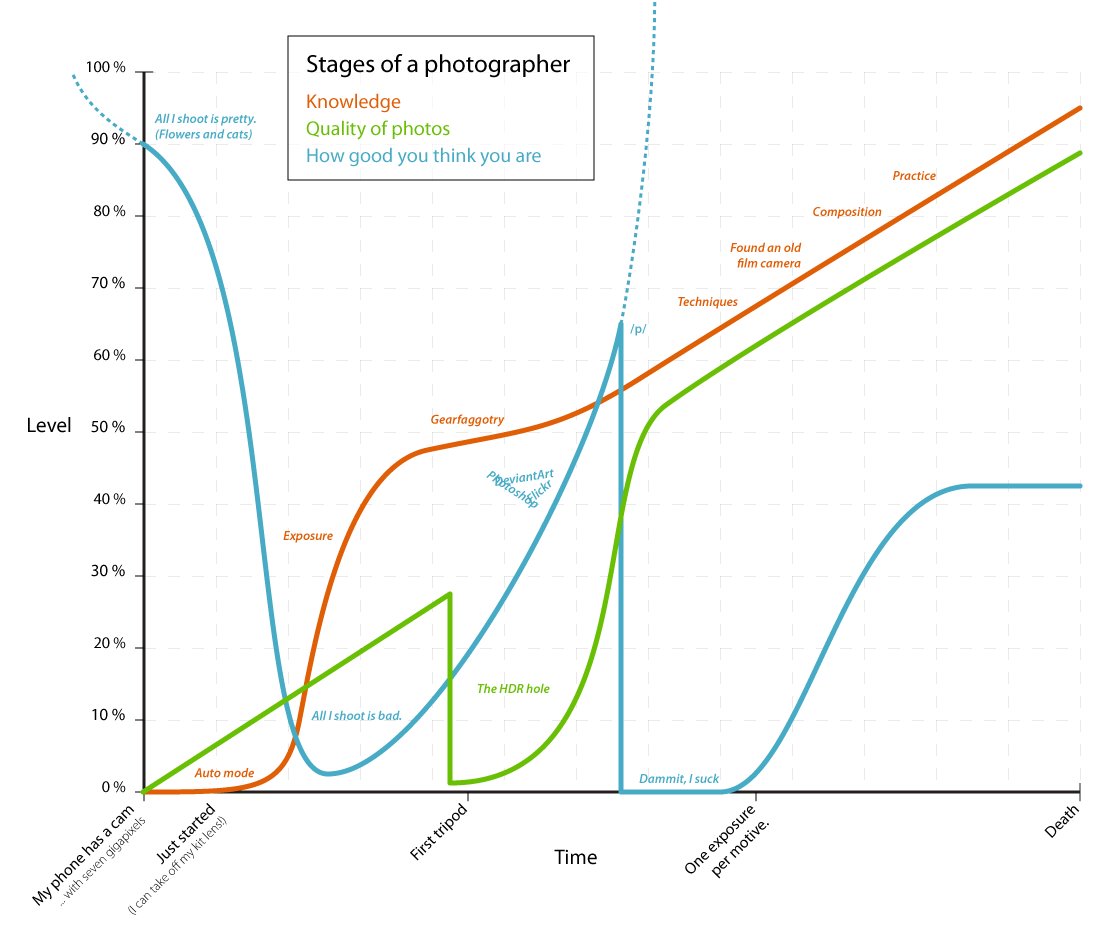

On the left chart, the green line shows the quality of photos, whereas the red line on the right chart represents the winnings. Both values are comparable because they are the outcome of the particular activities. Interestingly enough both charts have some concurrent characteristics. At first, the results tend to get better. Then, after a phase of steady incline a downswing sets in, which will be nullified over the following time. In the long-term perspective, we have a clear sign that we are improving, that our knowledge is steadily increasing and that our results are getting better. However, this doesn’t protect us from short-term downwards spirals where we are getting worse and worse results, although we try our best to improve.
Photography Rules of Odds
This is especially true for street photography. Unlike posed portraiture photography, in the street genre, we are seeking for candid moments. The element of luck is certainly a contributing factor for the photos that we get, but that doesn’t mean that street photography is a game of pure luck.
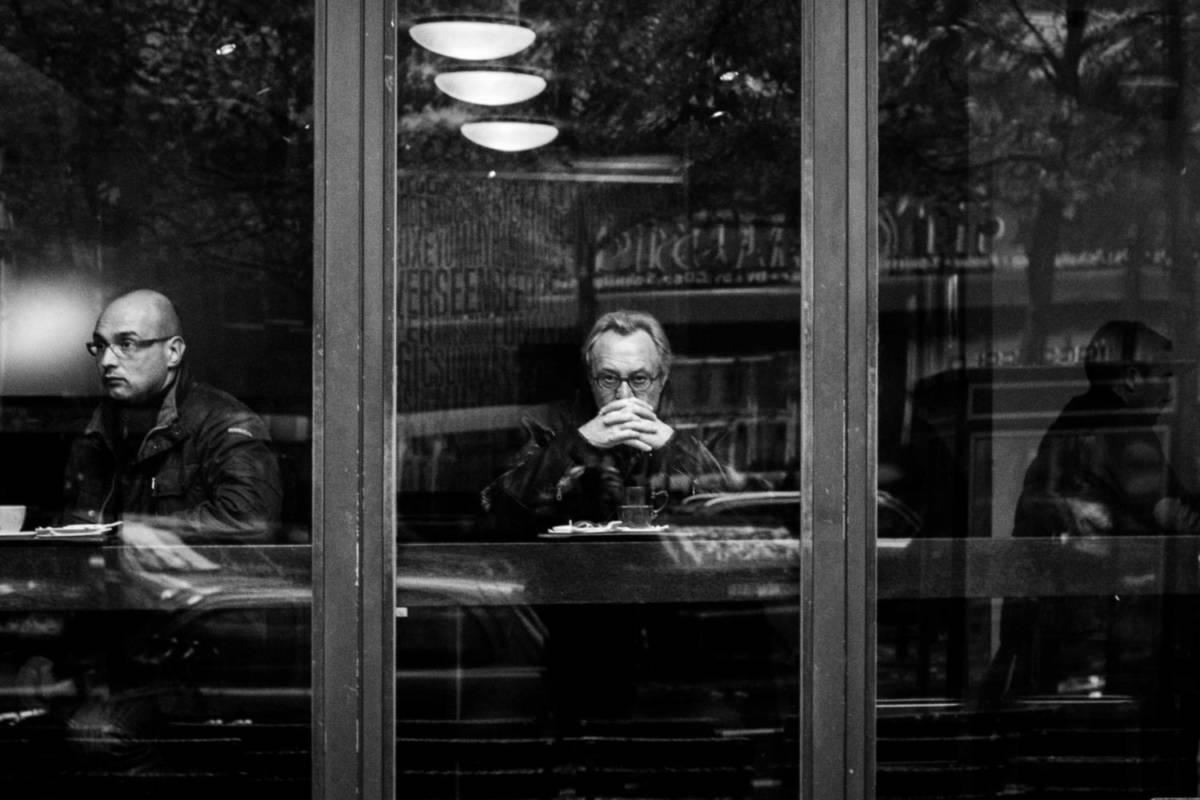
You might have a bad day, week or even a month without decent pictures, but that doesn’t mean that your true ability as a photographer got worse. Photography, just like poker, is a game with incomplete information, which makes it even harder to determine what your current true ability is. There is no ELO system or a circuit point system that displays your current rank.
But rather than to worry where you currently stand and compare yourself to other photographers, you should actively try to improve and in the long-run, the results will reflect the chart on the right side, where you might have some setbacks, but the outcome is increasing in terms of quality.
This also means the only way to get photos that reflect your true skill as a photographer is to go out and shoot. The more time you spend on the streets, the more likely it will be that you have the chance to catch splendid scenes full of emotions. In the long-run everybody gets dealt the same hands – it is not about the cards you currently have, it is about how you play them. The same applies to street photography. Even if you think you live in a boring city or area, there is probably still room for improvement.
The conclusion for me as a photographer is to take as many chances as I can get to get the results I desire. Progress is two steps forward, one step back kind of process and can only indirectly be measured through the pictures that you are getting. Luck definitely is a contributing factor in street photography, but is out of your control and shouldn’t be of your concern. If you invest your time in becoming a better photographer the outcome in terms of better photos will follow – it is just a matter of sample size.
Stay Curious
Sebastian Jacobitz
























